Themed collection Nanoscale Spectroscopy

Advanced plasmonic technologies for multi-scale biomedical imaging
Plasmonic technologies are available for multi-scale biomedical imaging ranging from micrometre to angstrom level.
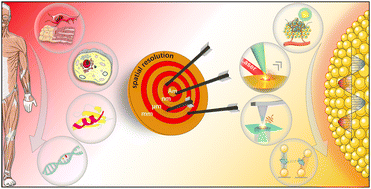
Chem. Soc. Rev., 2022,51, 9445-9468
https://doi.org/10.1039/D2CS00525E
Principle and applications of peak force infrared microscopy
Peak force infrared (PFIR) microscopy is an atomic force microscopy-based infrared microscopy with multimodal characterization capabilities. PFIR microscopy allows ∼10 nm spatial resolution chemical imaging in both the air and liquid phases.
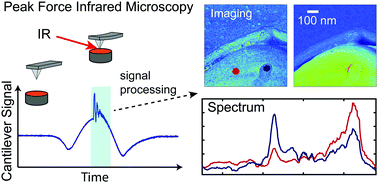
Chem. Soc. Rev., 2022,51, 5268-5286
https://doi.org/10.1039/D2CS00096B
A guide to nanoscale IR spectroscopy: resonance enhanced transduction in contact and tapping mode AFM-IR
By combining capabilities of atomic force microscopy (AFM) with infrared (IR) spectroscopy, AFM-IR resolves nanoscale compositional details. This tutorial reviews technical breakthroughs, working principles, best practices, and future prospects of AFM-IR.
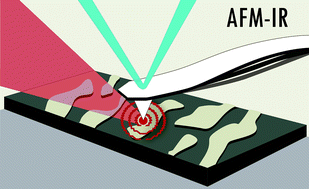
Chem. Soc. Rev., 2022,51, 5248-5267
https://doi.org/10.1039/D2CS00095D
Challenges for optical nanothermometry in biological environments
Biological environments absorb and scatter light, which complicates the controlled illumination of internal thermal probes and distorts emitted light. To what extent is this a problem to measure temperature and how can it be faced?
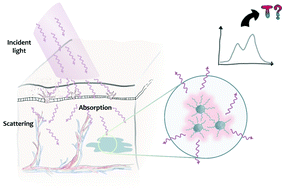
Chem. Soc. Rev., 2022,51, 4223-4242
https://doi.org/10.1039/D2CS00069E
Photo-induced force microscopy (PiFM) – principles and implementations
In photo-induced force microscopy (PiFM), a sharp atomic tip is illuminated by a tightly focused laser beam and the photo-induced force is measured through the changes in the oscillatory motion of the cantilever.
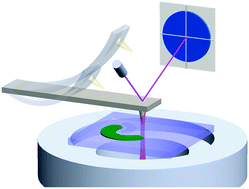
Chem. Soc. Rev., 2022,51, 4208-4222
https://doi.org/10.1039/D2CS00052K
Nanoscale chemical characterization of biomolecules using tip-enhanced Raman spectroscopy
This tutorial review describes the fundamental and technical aspects of tip-enhanced Raman spectroscopy as well as chemical and structural information provided by this technique to characterize biomolecules with nanoscale spatial resolution.
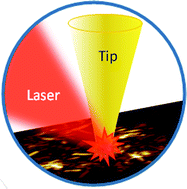
Chem. Soc. Rev., 2022,51, 2416-2430
https://doi.org/10.1039/D1CS01039E
About this collection
Cutting-edge nanoscale vibrational spectroscopies are divided into three categories, i) tip-enhanced Raman spectroscopy (TERS), ii) nanoscale IR spectroscopy (NanoIR) and iii) scanning transmission electron microscopy based electron energy loss spectroscopy (STEM-EELS) and other nanostructure-based spectroscopies with atomic scale- or nanoscale-resolution.
Guest Edited by Duncan Graham (University of Strathclyde), Bin Ren (Xiamen University), Zhong-Qun Tian (Xiamen University), and Xiaoji Xu (Lehigh University), this collection highlights the developments and applications of nanoscale spectroscopy techniques to researchers at all levels and across the chemical sciences, including those at the interphases of biology and physics.